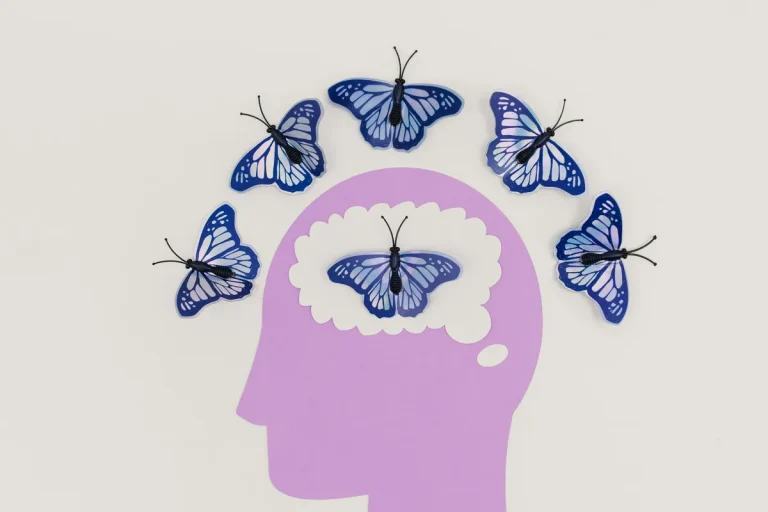Not everyone wakes up ready to conquer the day at sunrise and that’s not a flaw. It’s biology. Chronotypes are your body’s natural sleep-wake patterns, shaped by genetics and circadian rhythms. Understanding your chronotype can help you align your schedule with your energy peaks, improve sleep quality, and boost productivity.
Dr. Michael Breus, a clinical psychologist and sleep specialist, popularised the four animal-based chronotypes—Lion, Bear, Wolf, and Dolphin—to help people better understand their biological clocks. Here’s how each type works and how to tailor your routine accordingly.
Lion: The Early Riser
Lions are the classic morning people. They wake up early, feel most alert before noon, and tend to crash by evening. Lions thrive on structure and discipline, often excelling in leadership roles and goal-driven environments.
Typical traits:
- Wake time: 5:30–6:30 AM
- Peak productivity: 8 AM–12 PM
- Wind-down: 8–9 PM
- Sleep time: 9–10 PM
Optimise your day:Your Weekly Wellness Boost
- Schedule important tasks in the morning
- Avoid caffeine after noon
- Use evenings for light reading or relaxation
- Prioritise consistent sleep and wake times even on weekends
Lions benefit from early workouts, strategic planning, and quiet evenings. Their challenge is maintaining energy later in the day without overstimulation.
Bear: The Balanced Sleeper
Bears follow the solar cycle. They wake with the sun, feel alert mid-morning to early afternoon, and wind down naturally in the evening. Bears make up about 50% of the population and tend to have the most socially compatible schedules.
Typical traits:
- Wake time: 7–8 AM
- Peak productivity: 10 AM–2 PM
- Wind-down: 9–10 PM
- Sleep time: 10–11 PM
Optimise your day:
- Schedule meetings and workouts mid-morning
- Use early afternoon for focused work
- Avoid heavy meals or screens late at night
- Honour natural dips in energy around 2–3 PM
Bears thrive with routines that match the traditional workday. Their challenge is staying alert during the post-lunch slump and resisting late-night distractions.
Wolf: The Night Owl
Wolves are evening-oriented. They struggle with early mornings but hit their stride in the afternoon and evening. Wolves are often creative, introspective, and thrive in flexible environments.
Typical traits:
- Wake time: 8–9 AM (or later)
- Peak productivity: 4–10 PM
- Wind-down: 11 PM–12 AM
- Sleep time: 12–1 AM
Optimise your day:
- Delay demanding tasks until afternoon
- Use mornings for light movement or journaling
- Schedule workouts in the evening
- Avoid screens 30 minutes before bed to improve sleep onset
Wolves benefit from flexible schedules and creative outlets. Their challenge is adapting to early obligations without sacrificing sleep quality.
Dolphin: The Light Sleeper
Dolphins are sensitive sleepers with erratic patterns. They often struggle with insomnia, racing thoughts, and fragmented sleep. Dolphins tend to be highly intelligent, analytical, and prone to perfectionism.
Typical traits:
- Wake time: Variable (often early)
- Peak productivity: 10 AM–2 PM
- Wind-down: 10–11 PM
- Sleep time: 11 PM–12 AM (often delayed)
Optimise your day:
- Use calming rituals before bed—breathwork, journaling, or stretching
- Avoid caffeine after 10 AM
- Schedule focused work mid-morning
- Practice mindfulness to reduce mental chatter
Dolphins benefit from gentle routines and sleep hygiene strategies. Their challenge is managing anxiety and creating consistency in rest.
How to Use Your Chronotype to Improve Sleep and Performance
Knowing your chronotype isn’t just about sleep it’s about aligning your lifestyle with your biology. Here’s how to apply it:
- Work smarter: Schedule deep work during your peak alertness window
- Train effectively: Exercise when your body feels most energised
- Sleep better: Honour your natural wind-down time and avoid forcing early bedtimes
- Eat mindfully: Time meals to match your energy curve and avoid late-night snacking
- Communicate clearly: Share your chronotype with partners or teams to improve collaboration
Chronotypes aren’t fixed forever, but they’re stable enough to guide your habits. When you work with your rhythm not against it you’ll feel more energised, focused, and rested.






